2017 is the year that computers became phones
For years, your smartphone wanted to be like your computer. Now it's the other way around.


Until very recently, you could feel reasonably sure that a computer was, well, a computer. To use the word might conjure up an image of a digital device that processed information, but for most people, it would have simply been those familiar boxes with a keyboard, mouse, and screen.
The smartphone changed all that. While many people still insist on a distinction between a "proper computer" and a smartphone, so many of the things that people associated with computers — reading the news, sending emails, playing games, or doing work — were taken over first by phones, and then by tablets. Now, even Microsoft, whose mission it once was to get a PC on every desk, admits that its desktop Windows has a fraction of the market. Computing as a concept and a practice is dominated by the smartphone.
Yet if that shift has already happened, the actual, functional division between types of devices has mostly remained: We use smartphones like smartphones, and laptops and desktops like traditional computers. But this year, that finally started to change.
The Week
Escape your echo chamber. Get the facts behind the news, plus analysis from multiple perspectives.

Sign up for The Week's Free Newsletters
From our morning news briefing to a weekly Good News Newsletter, get the best of The Week delivered directly to your inbox.
From our morning news briefing to a weekly Good News Newsletter, get the best of The Week delivered directly to your inbox.
2017 was the year in which the traditional computer started to become a smartphone.
Perhaps the clearest sign occurred near the end of the year when Microsoft and Qualcomm finally announced the arrival of Windows computers that run on the latter company's ARM chips. For decades, Windows computers have run mainly on Intel chips — those familiar Pentium and Core brands that anyone who's shopped for a computer is no doubt familiar with. But ARM processors, which are more efficient and less power hungry, are the ubiquitous ones found in smartphones and tablets.
What the new Windows devices promise is a computer than functions like a smartphone. If Windows on ARM works as advertised, the touchscreen laptops will turn on nearly instantly, have the kind of battery life that lets you leave your charger at home, and also have a persistent LTE wireless connection. That means they can be used online anywhere, for a long time, and have the same "open it up and get to work" feel of a smartphone or a tablet.
The change it represents is, like many changes in tech, incremental yet significant. After all, some laptops with Intel chips, including those from Apple and Microsoft, already have all-day battery life, while some have cellular connections, while others turn on nearly instantly or have touchscreens. But in combining all of those aspects into a usable smartphone-like laptop, what you get are the benefits of the smartphone applied to the once-clunky, slow computer. It further redefines computing away from something you do in a specific place, attached to specific networks, or for only short periods of time.
A free daily email with the biggest news stories of the day – and the best features from TheWeek.com
But if those are the practical changes, it's also a sign that the smartphone has come to be the dominant idea of computing. While once people may have wanted smartphones to be more like traditional computers — to have keyboards or to run desktop-style software or to be more open — the flow of influence is now clearly the other way round.
The change was, of course, preceded by baby steps toward mixing computers and touchscreen devices, mostly in the form of hybrid tablet-laptops like the Microsoft Surface and Apple's iPad Pro. But this year, even those devices started to blur the lines and become more indefinable. In particular, the newest software update for iPads made them much more functional as primary work devices, adding things like an easy way to find and access files, and allowing users to multitask easily, in part by letting them simply use two or more applications side-by-side. Once again, the idea of what constitutes a "real computer" changed.
If, in one sense, the iPad Pro and Surface represent the tablet becoming more like a laptop, they also indicate that the logic of the smartphone is now dominant.
Technology is so often structured around a defining idea. Computers have "desktops" like the physical workspaces they're reproducing; electric cars have accelerators and designs just like combustion-engine vehicles; even the smartphone was for years predominantly a phone before that function become secondary. It is only when the underlying ideas that shape how we think about tech change that the technology itself starts to change.
This year appears to mark when such a change finally took hold on the computer — and it's arguably for the better. Whether it's laptops turning into pick-up-and-play devices, or tablets becoming work devices, what unites all these changes is the smartphone way: that tech should be easy to use, last a long time, and keep you connected wherever you are.
And as time goes on, it's likely we will see more and more conflating between types of computers. After all, this year was also the year Samsung launched its DEX idea, with which you can plug a smartphone into a monitor, keyboard, and mouse, and have it work like a desktop.
It's just one more sign that 2017 will go down as the year that all computers inched ever closer to becoming smartphones.
Navneet Alang is a technology and culture writer based out of Toronto. His work has appeared in The Atlantic, New Republic, Globe and Mail, and Hazlitt.
-
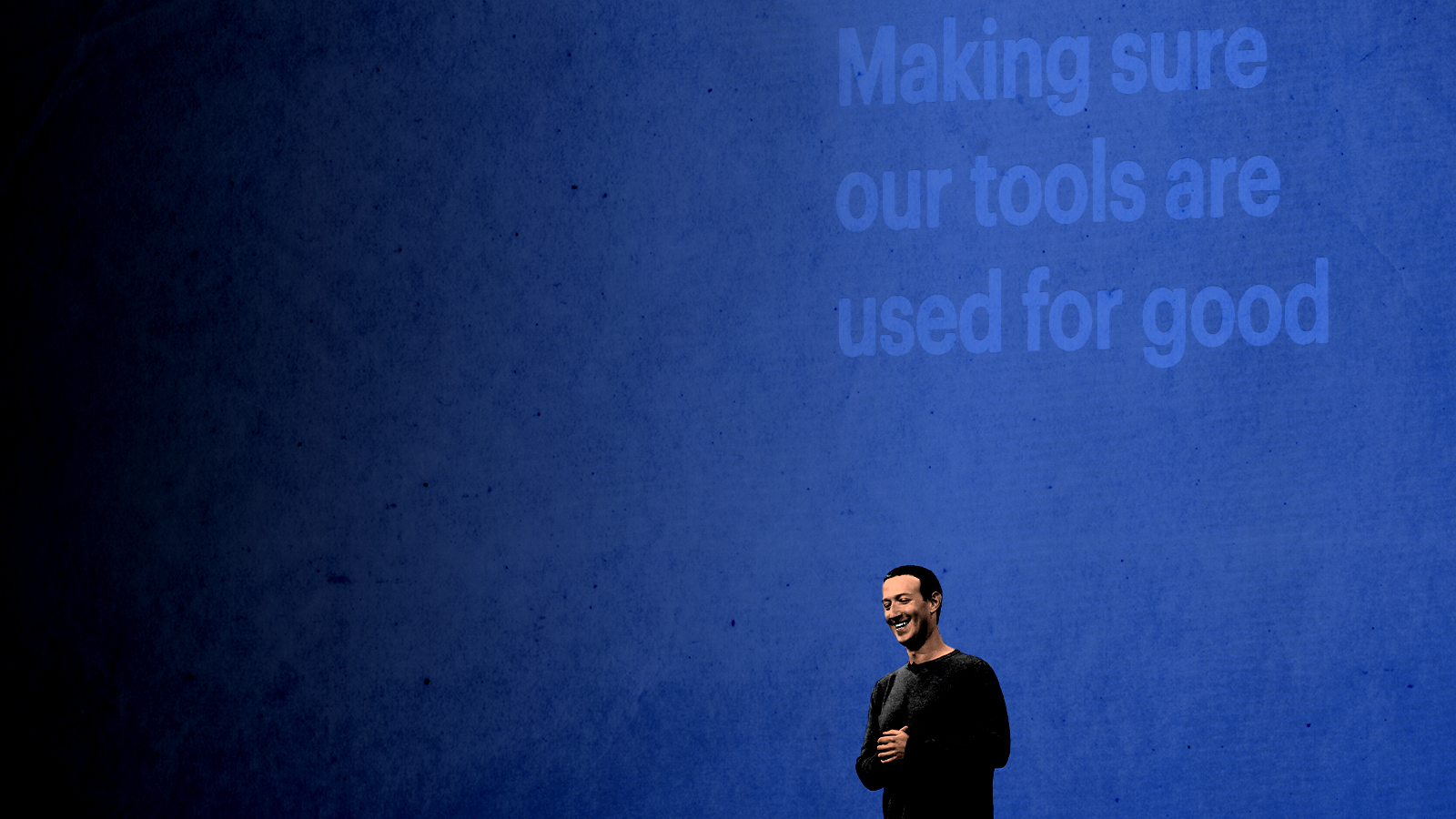 How do you solve a problem like Facebook?
How do you solve a problem like Facebook?The Explainer The social media giant is under intense scrutiny. But can it be reined in?
-
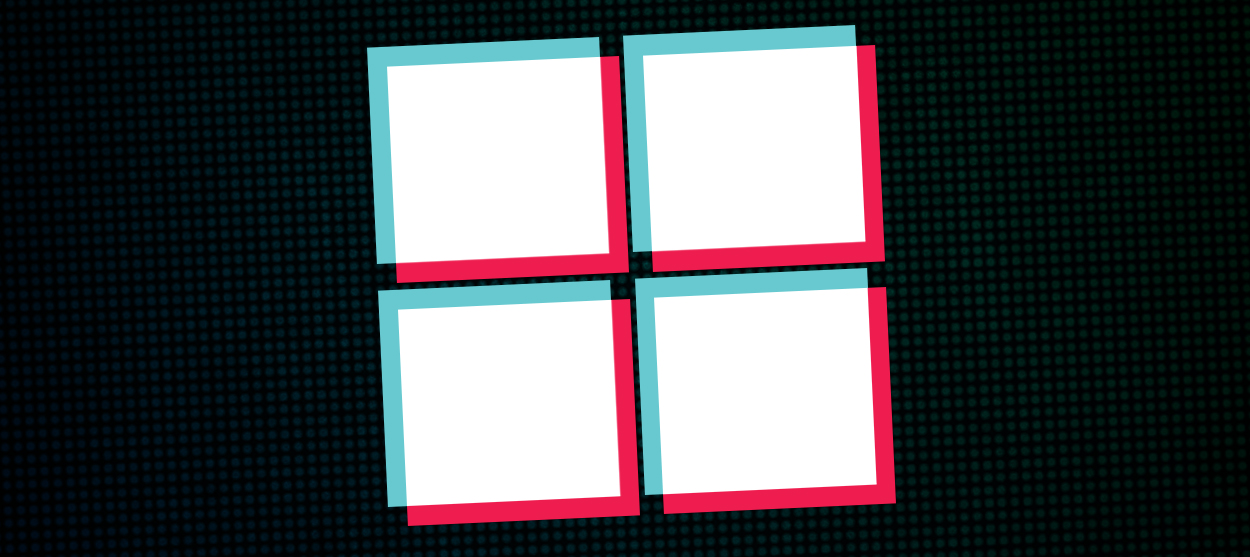 Microsoft's big bid for Gen Z
Microsoft's big bid for Gen ZThe Explainer Why the software giant wants to buy TikTok
-
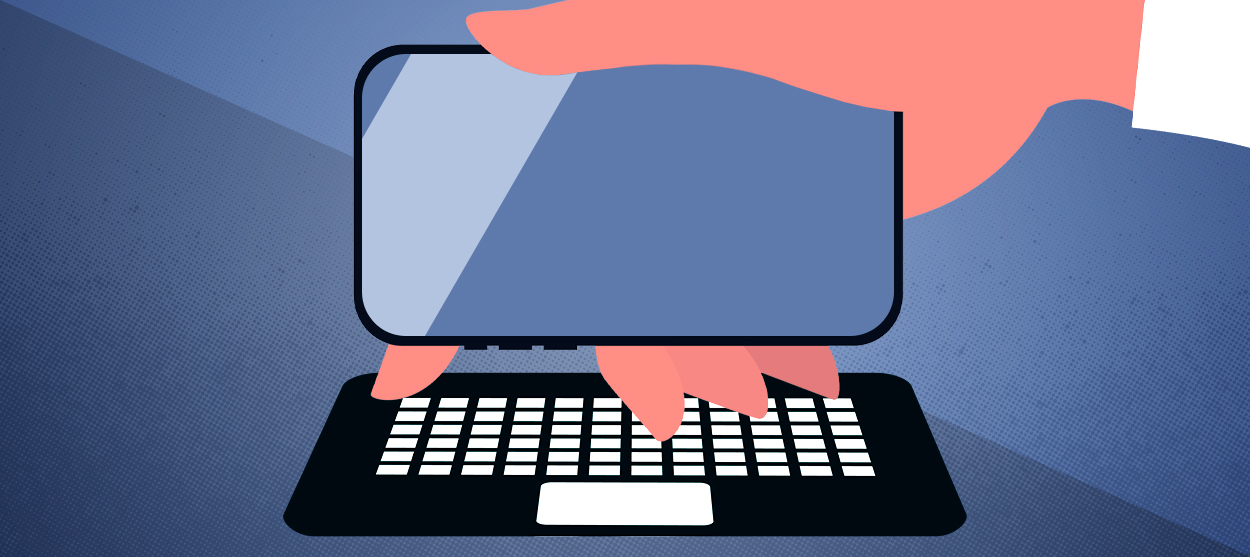 Apple is about to start making laptops a lot more like phones
Apple is about to start making laptops a lot more like phonesThe Explainer A whole new era in the world of Mac
-
Why are calendar apps so awful?
The Explainer Honestly it's a wonder we manage to schedule anything at all
-
 Tesla's stock price has skyrocketed. Is there a catch?
Tesla's stock price has skyrocketed. Is there a catch?The Explainer The oddball story behind the electric car company's rapid turnaround
-
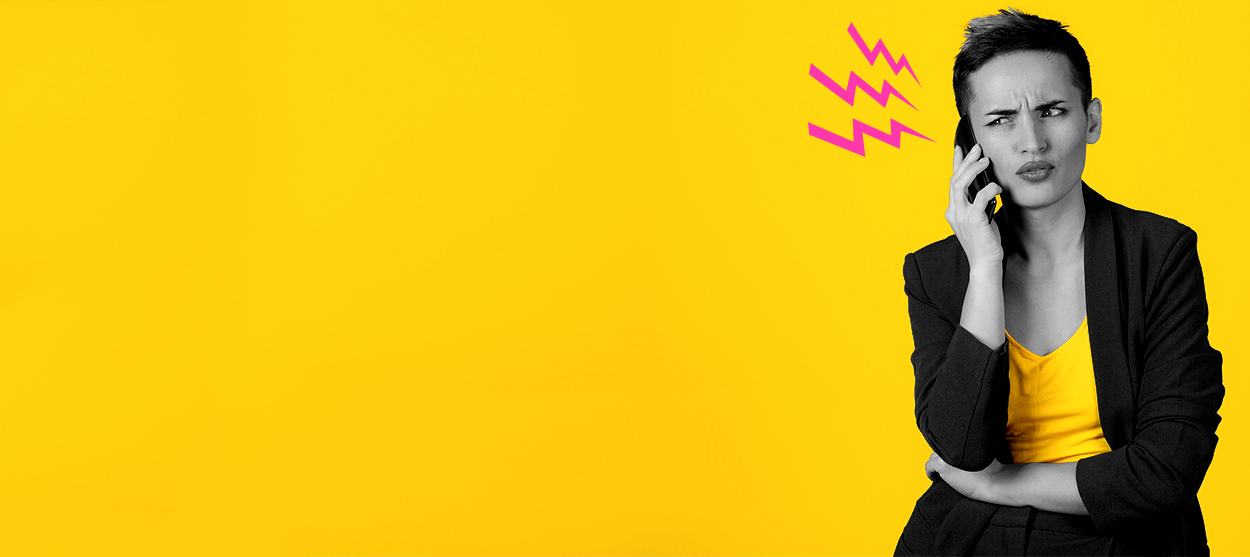 How robocalls became America's most prevalent crime
How robocalls became America's most prevalent crimeThe Explainer Today, half of all phone calls are automated scams. Here's everything you need to know.
-
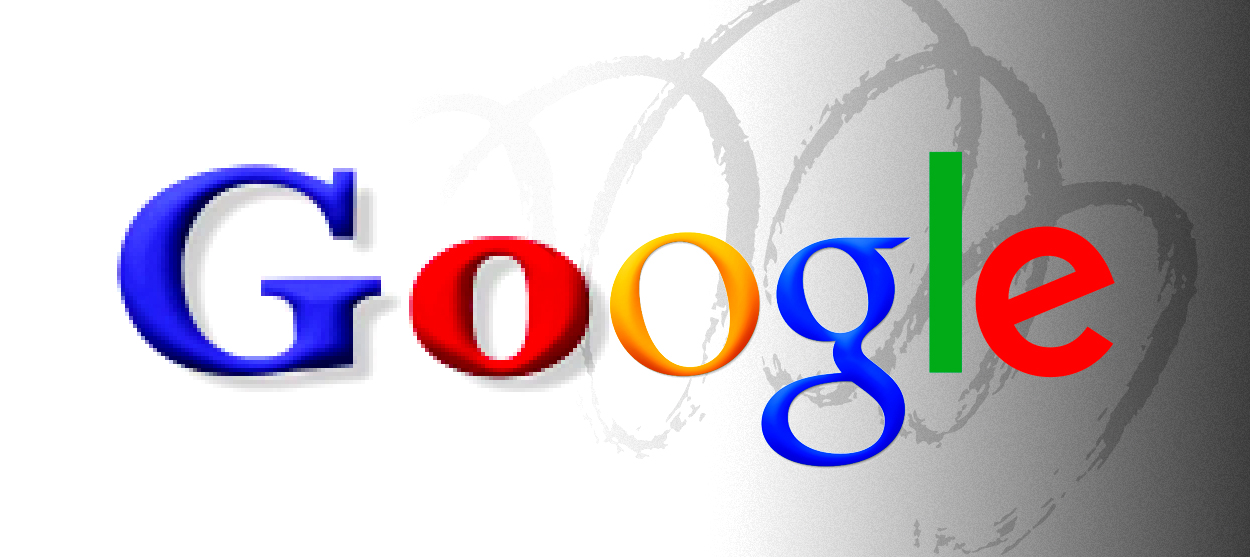 Google's uncertain future
Google's uncertain futureThe Explainer As Larry Page and Sergey Brin officially step down, the company is at a crossroads
-
 Can Apple make VR mainstream?
Can Apple make VR mainstream?The Explainer What to think of the company's foray into augmented reality



